
The Secrets to Building an Effective Remote Team
In an era where remote work is becoming increasingly prevalent, building and managing an effective remote team has become a

In an era where remote work is becoming increasingly prevalent, building and managing an effective remote team has become a

CV Files is a testament to innovation and efficiency in file management App within Salesforce. As a robust file management
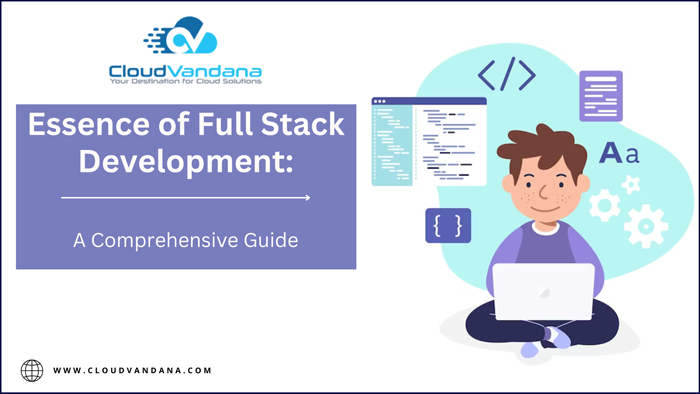
In the fast-paced world of technology, Full-Stack Development has emerged as a pivotal skill set, allowing developers to craft entire
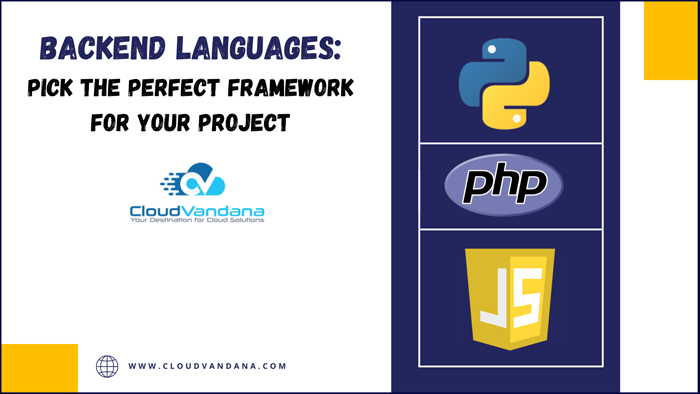
In software development’s expansive domain, backend languages are the cornerstone, orchestrating the server-side logic that powers web applications. Selecting the
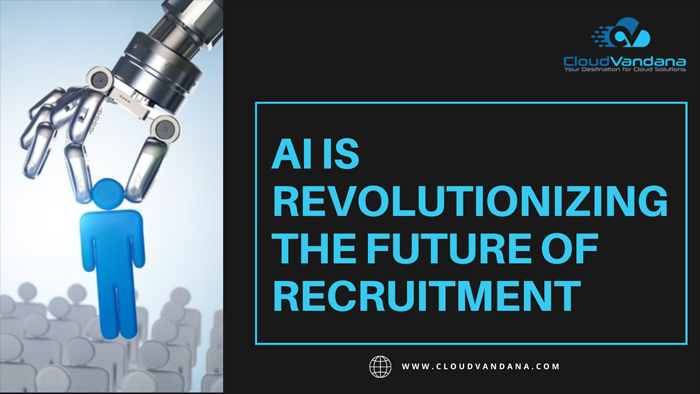
In today’s dynamic job market, where talent acquisition is a strategic imperative for organizations, the role of artificial intelligence (AI)
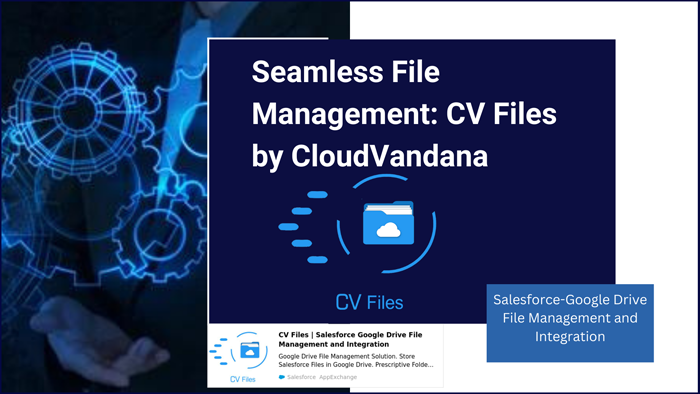
CV Files is a Salesforce AppExchange File Management App that streamlines document management processes by seamlessly integrating Salesforce data with

Stay ahead in the fast-paced world of technology with the latest tech trends. As we enter 2024, the technological landscape

In the ever-evolving landscape of artificial intelligence, Salesforce emerges as a trailblazer with the launch of Einstein Copilot and Data

Optimize your enterprise management with ServiceNow‘s comprehensive suite of tools. Streamline IT service management, HR processes, customer service, and security
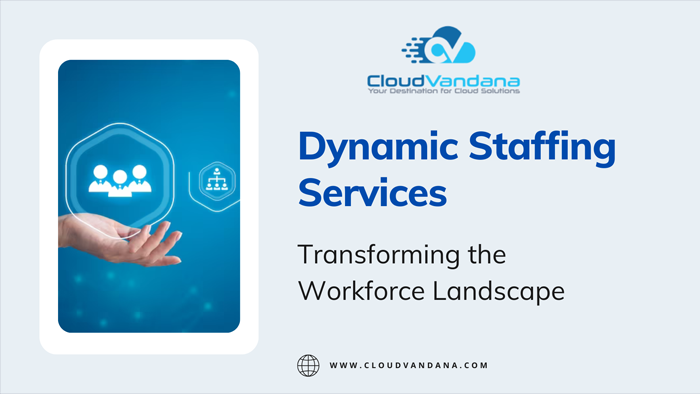
In today’s rapidly evolving business environment, the demand for dynamic staffing services is at an all-time high. As companies navigate
600 N Broad Street Suite 5 # 845 Middletown, DE 19709 United States Phone : +1(213)634-5362
India: C 30, RB Road, Adarsh Nagar, New Delhi – 110033
Phone: +91(782) 796-1763